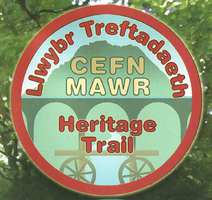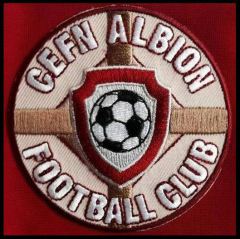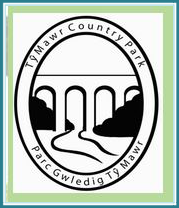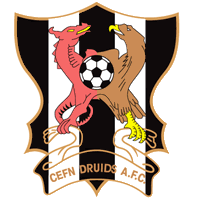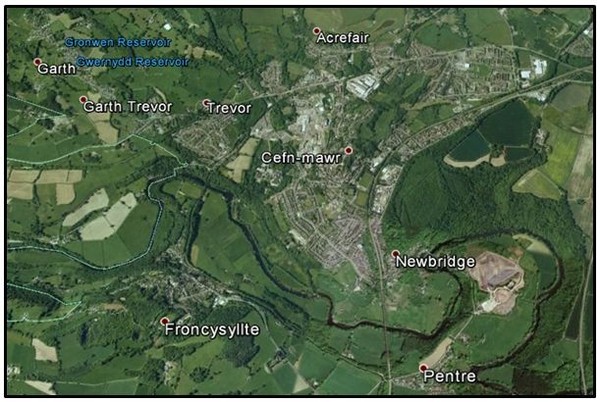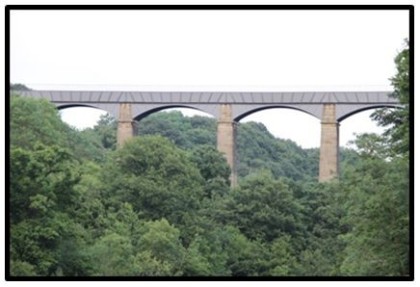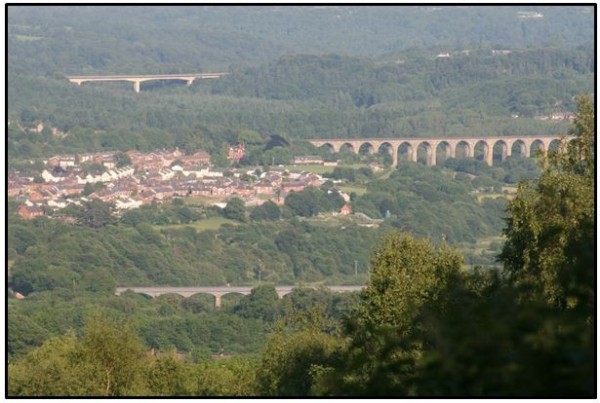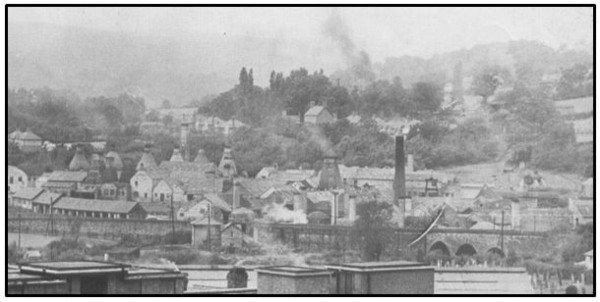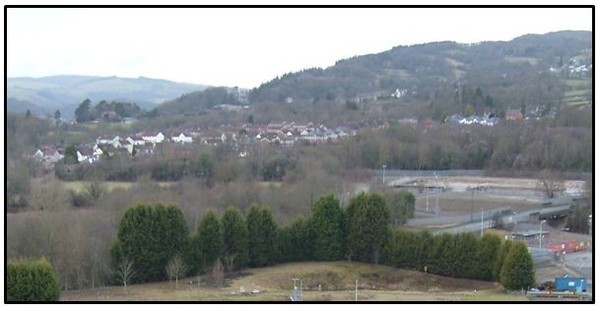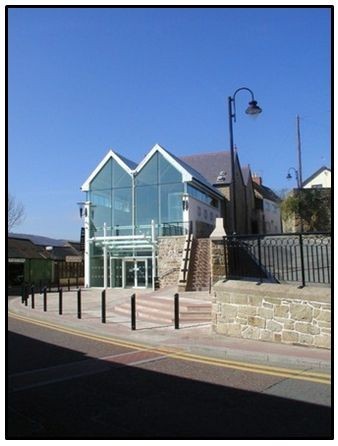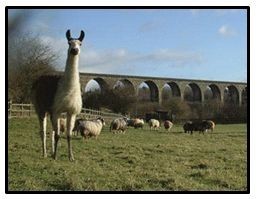Cefn, Cefn Mawr & Pontcysyllte World Heritage Site
Cefn, is at the central section of the Pontcysyllte World Heritage Site and includes the villages of Cefn Mawr, Acrefair, Newbridge, Plas Madoc, Cefn Bychan and Rhosymedre on the north side of the River Dee Valley at the eastern gateway to the Vale of Llangollen.
The meaning of the word Cefn in Welsh is “Ridge” and this is reflected in the names of two villages in the area, Cefn Mawr, meaning Big Ridge (and the end of the big ridge was also referred to as the Cape of Kynaston in the 1700’s) and Cefn Bychan meaning Little Ridge.
The Pontcysyllte Aqueduct lies at the central section of the World Heritage Site corridor which was established in 2009. The central section of the WHS also includes the villages of Trevor, Garth, Froncysyllte and Pentre as well as those of the Cefn all falling within the WHS buffer zone. For further information on the Pontcysyllte Aqueduct and World Heritage Site please click on our Pontcysyllte pages.
The area formerly comprised the townships of Coed Cristionydd and Cristionydd Cynrig (or Cristionydd Kenrick) and was part of the ancient parish of Ruabon until 1844 when most of Cristionydd Cynrig, together with the neighbouring township of Coed Cristionydd became part of the new parish of Rhosymedre. In 1879, part of the township of Cristionydd Cynrig was transferred to the new parish of Penycae. Following the establishment of civil parish councils lead by the Local Government Act of 1894 community councils eventually replaced parish councils. The parish of Cefn Mawr was located in the county of Denbighshire until 1974, when it became part of Clwyd but it now resides in the county of Wrexham and has a complicated history of changing Parish and County boundaries over the years.
The origins of present day villages are linked with the Industrial Revolution and the coming of the Canal. Cefn Mawr and the surrounding villages of the Cefn area, which would also include Trevor and Froncysyllte, did not exist to any great extent before 1800 and the first Industrial Revolution (the canal era).
The villages were formerly heavily industrialised with large deposits of iron, coal, clay and lime stone. Iron was worked at Newbridge, Plas Madoc, Cefn Mawr and Acrefair. The area lending itself well too early to iron production with advent of the coal fired blast furnace at the turn of the 19th century. Rich deposits of iron stone could be found adjacent to the coal seams in the area with a ready supply of lime stone at Trevor and Froncysyllte, all necessary for the production of pig iron. This no doubt gave weight to the reasons why William Jessop decided on the western route for the Ellesmere Canal. Notable iron works, William Lacons Forge at Newbridge, the Plas Kynaston Iron Foundry & TE Wards Blast Furnace, British and New British Iron Works followed by Hughes and Lanacaster and eventually Air products at the Acrefair site until 2009 and the closure of Air Products who had been producing pressure vessels for export around the world.
Since clay could also be found along with a ready supply of coal, this then leant to the production of earthen ware such as bricks and pottery with the advent of Plas Kynaston Pottery, JC Edwards, Trevor and the Peny Bont Brick Works. Much of the mineral wealth of the area was exported by canal over the Pontcysyllte Aqueduct on the Shropshire Union Canal, and then by rail following the arrival of the railways in 1846.
Trefynant Clay Works, Acrefair, Cefn in 1930 with the rail line leading to Trevor Basin, many fine products where produced here and the works became famous for Terracotta and Lustre ware. The plant also produced fire clay bricks and sanitary ware.
The same view of where the Trefynant Clay Works once stood, 80 years on in the Cefn, note the vacant area towards the right is actually from the ex-Monsanto, Flexsys, Solutia site and the line of the Plas Kynaston Canal runs through this.
In 1867 Robert Graesser, an industrial chemist from Obermosel in Saxony, Germany established a chemical works at Plas Kynaston in Cefn Mawr to extract paraffin oil and wax from the local shale and this was the start of the long association with the chemical industry. The company later expanded into the production of coal tar, and carbolic acid (phenol) and the site soon became the world's leading producer of phenol.
In 1919 the US chemical company Monsanto entered into a partnership with Graesser's chemical works to produce vanillin, salicylic acid, aspirin, and later rubber processing chemicals. This was Monsanto’s first venture in Europe and eventually they took ownership of the whole site. The Monsanto Chemical Company was one of the major employers in the Cefn area for more than seventy years.
The Monsanto Chemical Works at Cefn Mawr, in the hay day of the 1960’s when the plant was the major employer in the area. The site was later operated by Flexsys, and then Solutia until 2009 when demolition of a large part of the plant was undertaken. A small section of the works remains in operation producing Nano Technology Materials, however the future of that remains uncertain and the majority of the site is now vacant and economically detrimental to the economy of the Community. The virtual closure of this plant was followed by the total closure of the Air Products plant leaving high unemployment in the wake of the closures. These combined closures of the plants have resulted in manufacturing in the village being reduced to almost nothing, Cefn, once a proud industrial community, no more.
However the community is at the centre of the Pontcysyllte Aqueduct World Heritage Site and immediately adjacent to the Pontcysyllte Aqueduct and efforts are being made to turn the economy around. A good example of this has been the THI, Townscape Heritage Initiative run by WCBC, Wrexham County Borough Council and the restoration of many historically important buildings in Cefn Mawr.
The Ebenezer Chapel was restored at the centre of Cefn Mawr to try and provide a lead into turning the village economy around from its industrial past to one more based on the tourism industry and encourage foot fall backinto the community.
To do this effectively the connection between Cefn Mawr and the largest tourist attraction in North East Wales, the Pontcysyllte Aqueduct needs to be re-established in a positive and meaningful way and hence the formation of the PKC Group. The area also holds other attractions for the visitor such as Tŷ Mawr Country Park located adjacent to Cefn Viaduct, built by Thomas Brassey in 1848 to carry the Shrewsbury and Chester Railway across the valley of the River Dee.
The Community is also home to Cefn Druids football club, the oldest football club in Wales. The team being established in the 1860’s. The club now has a new stadium at the Rock, Rhosymedre with a capacity of 3,500. The new stadium was built by Tesco as a part of the package for opening their new store next to the main railway line on the former ground of the Cefn Druids Football Club.
Printable version of the Cefn & Cefn Mawr webpage if you require, many regards PKC Group
Cefn Cefn Mawr.pdf
Adobe Acrobat document [1.0 MB]
A simple signage system for local traders to be able to advertise at the Tesco Roundabout and at the top of Hill Street opposite the Holly Bush Inn on the wall of Festival Fireworks.
LTS Planning Application 2.pdf
Adobe Acrobat document [5.8 MB]


